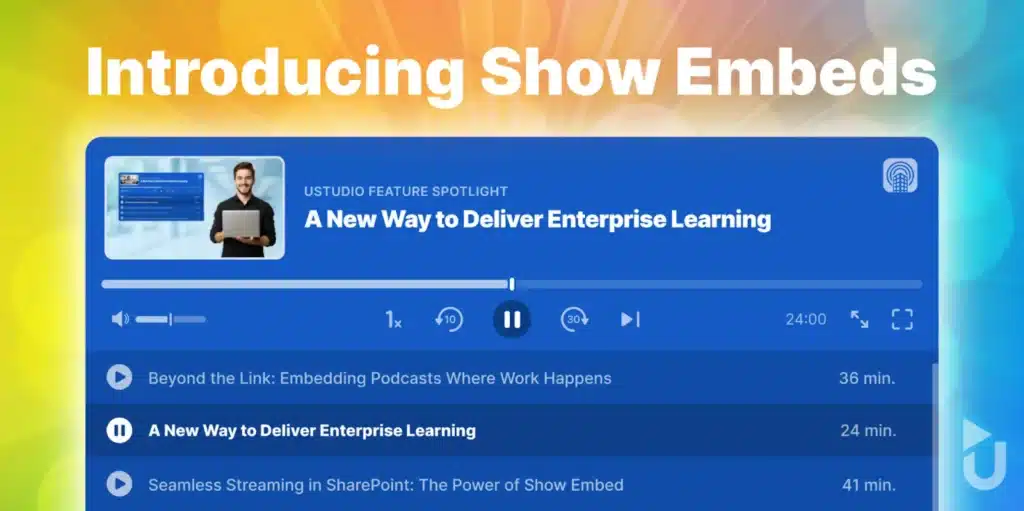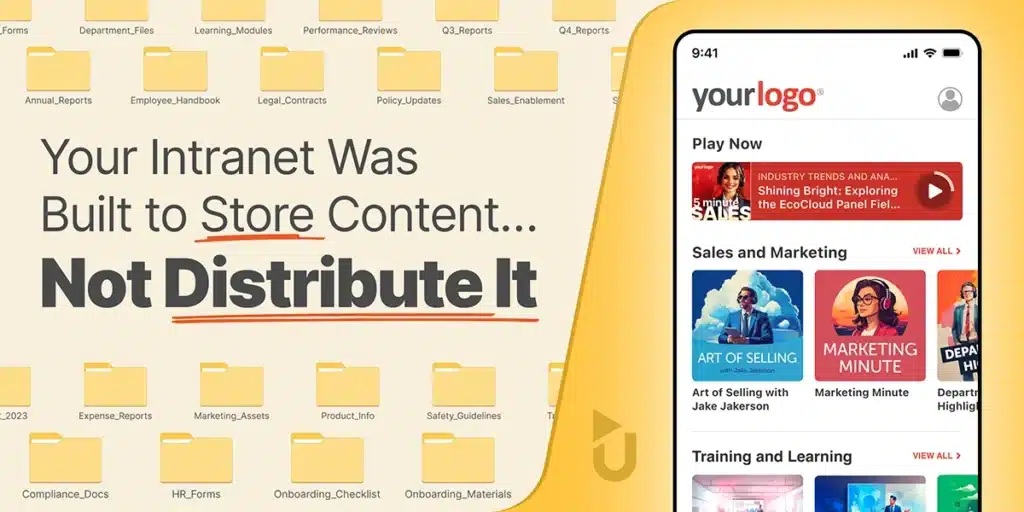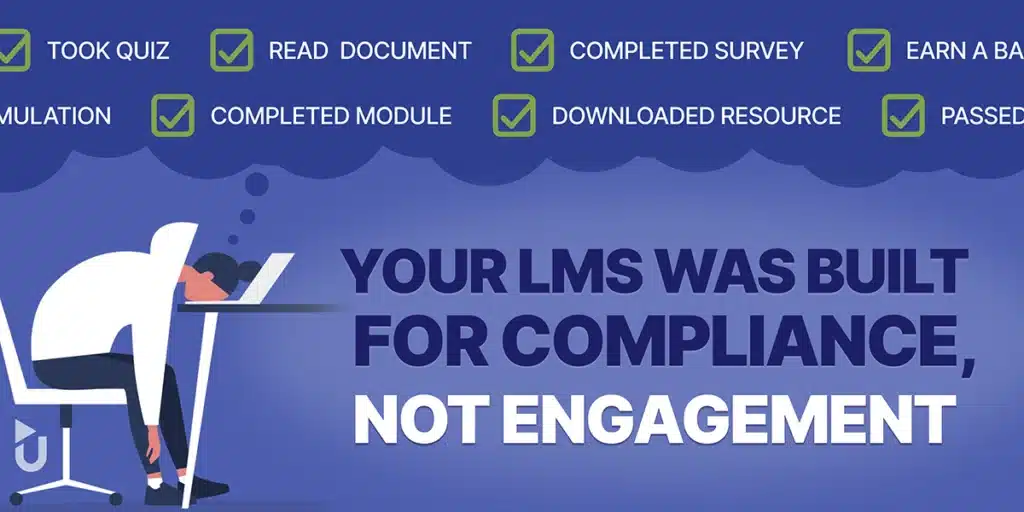Selling Your Boss on the Value of Video
uStudio | Industry Trends

You want to have that conversation with your boss about budgeting for video in your marketing, sales, training, corp comms, (fill in the blank) efforts. If statistics will help, here are a few that can support your argument.
- The value of one minute of video = 1.8 million words. (Do you even have time to communicate that much?) - Dr. JamesMcQuivey, Forrester Research.
- A 2013 comScore study noted that in June there were more than 44 billion video content views, with “85.2% of the US Internet audience viewing online video” during that period. Moreover “Video ads accounted for 31% of all videos viewed.”
- “Most respondents (according to Software Advice‘s B2B Demand Generation Benchmark Survey for 2012) prefer video over white papers, case studies, even live demos with reps.” Sean Rosensteel noted in Forbes.
- Google loves video. They should. They own YouTube, the largest video sharing site. So, video is important from an SEO perspective. According to the website, Business2Community, “The chances of getting a page one listing on Google increase53 times with video (source: Forrester Research, 2012).”
And a few special stats just for the boss:
- In another Forbes study, “Video in the C-Suite: Executives Embrace the Non-Text Web,” it was revealed (among other things) that “Senior executives are also turning to video more frequently. Three-quarters (75%) of executives surveyed said they watch work-related videos on business-related websites at least weekly.”
- MarketingProfs noted that, “81% of senior marketing executives now use online video content in their marketing programs, up from the 70% who did so a year earlier.”
If these data points help, great. There are thousands of others on the internet. But you’ll also need to arm yourself with more than stats to convince a resistant boss that video should become part (or a bigger part) of your strategy. What’s a good approach to move your boss from resistant to at least willing? Here are a few tips.
1. Video is cool and everyone’s doing it. But that’s not reason enough on which to build a video strategy. Start by having a conversation with your boss about business objectives. Demonstrate how video can help to achieve those objectives faster, better and more efficiently. Be specific. Look for case studies on similar companies that support your case. Give examples.
2. Understand the connection between social media and video and how they work. Someone said it’s a perfect storm–the two together create more value than as separate initiatives. Demonstrate how the power of these two can benefit your company and help achieve your objectives. (You have a social media strategy, right? If not, you’re in there arguing for a two-fer.)
3. Talk measurement. Bosses love this. There are emerging and differing standards on how to measure the effectiveness of a video strategy–from views to audience engagement to reduced support time and much much more. Know which ones apply to your objectives and strategy and be prepared to talk about them. Have some measurement goals in mind when you talk to your boss. Also, understand the ROI of producing videos
4. Know the other people in your organization who will be involved in the video initiative: the video production group, for example. Understand their needs and how your potential strategy will affect them. Be prepared to talk to your boss about this so he or she knows you understand the impact your project can have on resources and budget.
Be an expert. Impress with your knowledge that there’s science behind the madness! In the same Forbe’s article by Rosensteel (mentioned above), Dr. Susan Weinschenk (aka the “Brain Lady”) gives four main reasons the medium of video is so appealing – and effective. Nothing to do with metrics, SEO, social media, etc.!
- The Fusiform Facial area makes us pay attention to faces – this is an actual brain function that hard-wires us to use the human face as a gathering point for information and believability.
- Voice conveys rich information – yes, the simple sound of a human voice speaking to us has an amazing way of converting information into meaningful content.
- Emotions are contagious – here’s a subtle but powerful aspect that we may take for granted. The body language of emotions is an appealing and we naturally love to share.
- Movement grabs attention – another trait that runs deep in our collective anthropological DNA is the power of peripheral motion. Since the stone age, we’ve survived by noticing things in motion – looks like we still do!
Above all, remember that video is “seductive” – it’s a pretty face. But if you keep your eye on the prize, the business strategy behind that video, you increase your chances of getting the measurable results you’re looking for.


